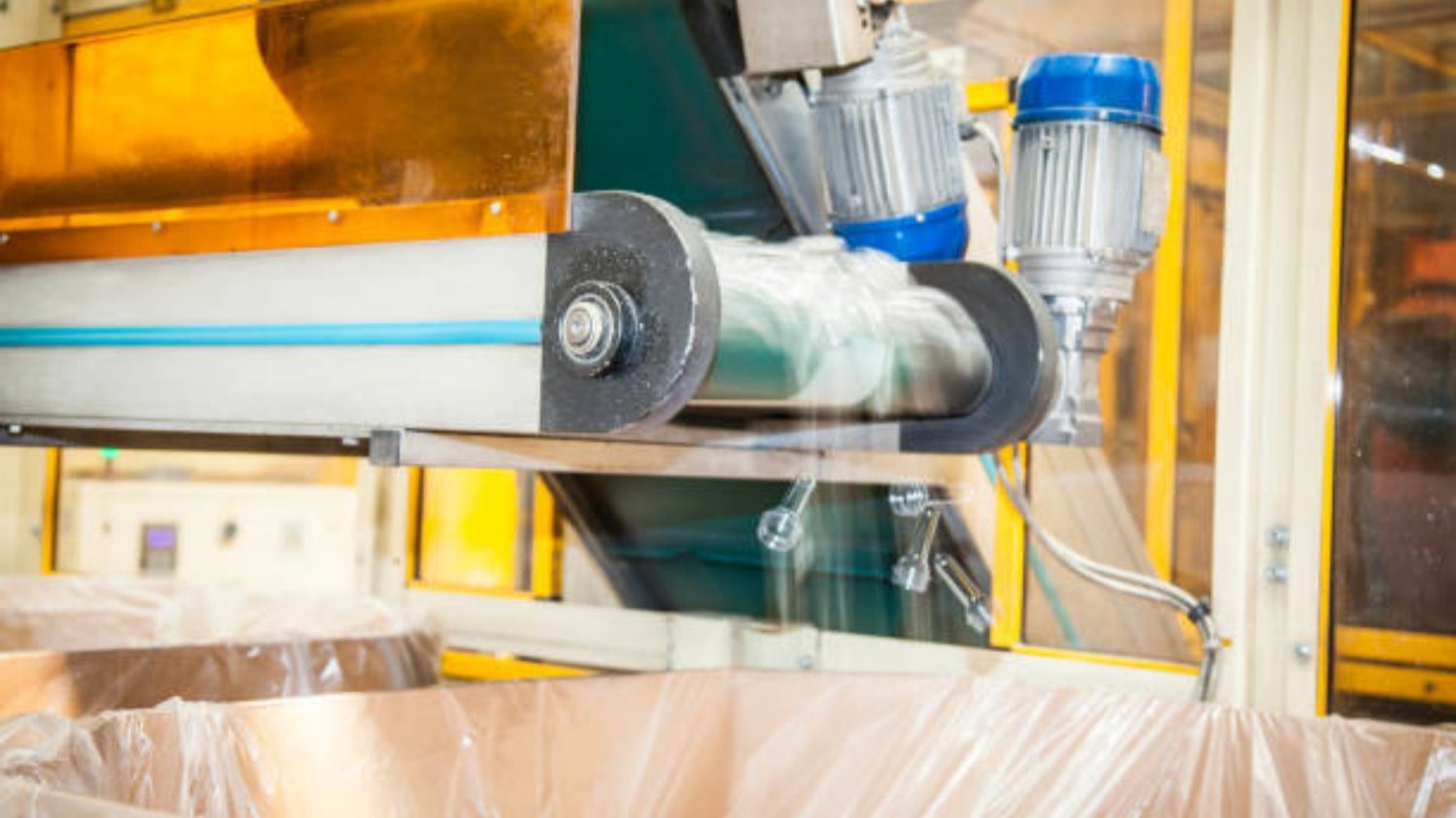The Basics of Polyurethane Impeller Design
Polyurethane impeller design plays a crucial role in various industrial applications. Impellers are rotating components used in pumps, mixers, and other fluid handling equipment to move liquids or gases. The design of an impeller affects its performance, efficiency, and durability. In this article, we will delve into the different aspects of polyurethane impeller design and understand its importance in industrial processes.
The Benefits of Polyurethane Impeller Design
Polyurethane impellers offer several advantages over traditional impeller materials such as metal or rubber. The unique properties of polyurethane, including high strength, abrasion resistance, and chemical compatibility, make it an ideal material for impeller design. Polyurethane impellers can withstand harsh operating conditions, including corrosive environments and high-speed rotations, without compromising performance.
Optimizing Efficiency through Impeller Design
The design of an impeller significantly impacts its efficiency. The shape, size, and number of blades, as well as the curvature and angle of the blades, all contribute to the impeller's ability to move fluids efficiently. With polyurethane impellers, manufacturers can incorporate intricate blade designs that maximize fluid flow and minimize energy losses. This leads to improved overall system efficiency and reduced energy consumption.
Enhancing Durability with Polyurethane
Polyurethane impellers are known for their exceptional durability. They can withstand the wear and tear caused by abrasive fluids, solid particles, and high rotational speeds. The flexibility and resilience of polyurethane allow it to absorb impact and reduce the risk of damage or failure. This extended lifespan of polyurethane impellers results in reduced downtime and maintenance costs for industrial equipment.
Reducing Noise and Vibration
Polyurethane impellers have excellent damping properties, which make them effective in reducing noise and vibration. Noise and vibration can be a significant concern in industrial settings, often leading to worker discomfort and equipment damage. The unique material characteristics of polyurethane absorb vibrations and dampen noise, creating a quieter and more pleasant working environment.
Chemical Compatibility for Versatile Applications
Polyurethane impellers are highly resistant to a wide range of chemicals, including acids, bases, solvents, and oils. This chemical compatibility makes them suitable for various industrial applications, such as chemical processing, wastewater treatment, and food processing. Polyurethane impellers can withstand exposure to corrosive substances without deteriorating, ensuring long-lasting performance and reliability.
The Impact of Blade Design on Performance
The design of the impeller blades directly affects the performance of the pump or mixer. Different blade profiles, such as radial, axial, or mixed flow, generate specific flow patterns and pressure characteristics. Manufacturers can tailor the blade design to match the requirements of the application, optimizing performance and achieving desired flow rates and pressure levels.
Considerations for Polyurethane Impeller Design
When designing polyurethane impellers, engineers consider factors such as fluid properties, operating conditions, and system requirements. They analyze variables like flow rate, head, efficiency, and NPSH (Net Positive Suction Head) to determine the most suitable impeller design. Computational Fluid Dynamics (CFD) simulations and prototype testing help validate and fine-tune the design before production.
The Role of Material Selection in Impeller Design
Choosing the right material for impeller design is crucial for achieving optimal performance and durability. Polyurethane stands out as an excellent choice due to its unique combination of mechanical properties, chemical resistance, and cost-effectiveness. By selecting polyurethane for impeller construction, manufacturers can ensure reliable and efficient operation in demanding industrial environments.
Future Trends in Polyurethane Impeller Design
The field of polyurethane impeller design continues to evolve, driven by technological advancements and industry demands. Ongoing research focuses on further improving impeller efficiency, durability, and environmental sustainability. Innovations in blade geometry, materials, and manufacturing techniques are expected to enhance the performance and longevity of polyurethane impellers in the years to come.

